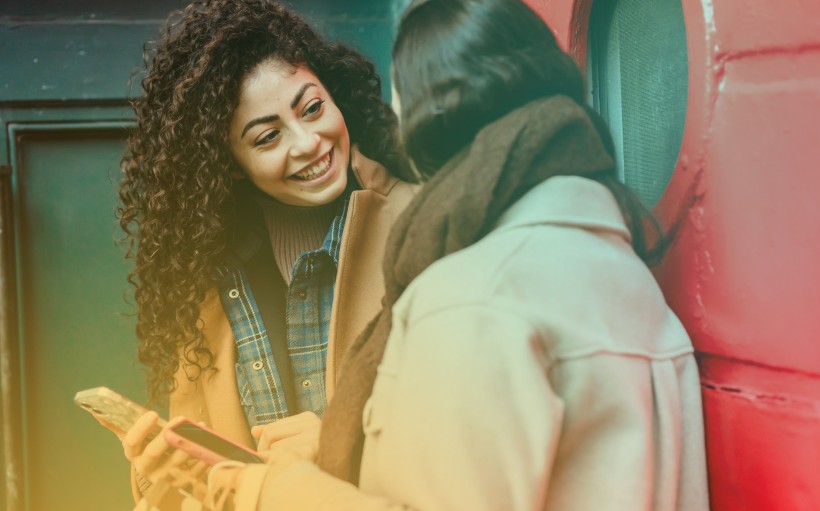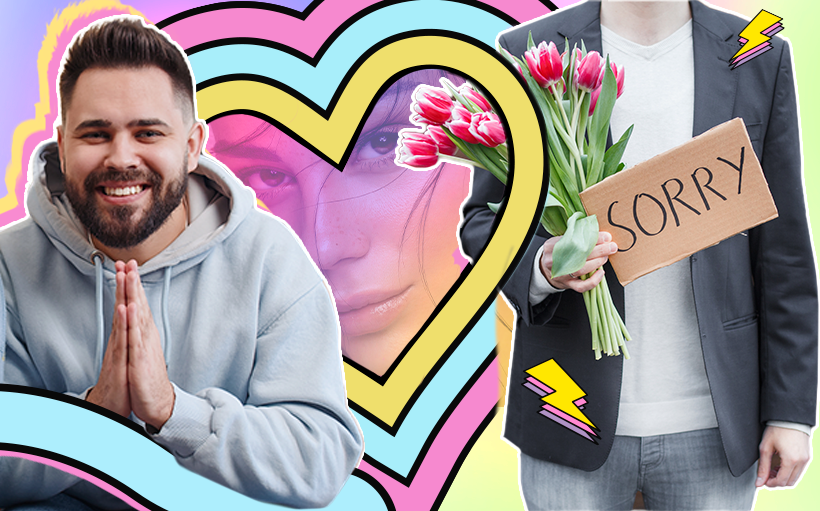I’ve always been inspired by women who are outgoing, very sure of themselves, and not afraid to be who they were, including their sex lives. Under their tutelage, I gradually shed my old self, hung out and socialized with them, and, over time, became the empowered, self-confident, and sexual woman I am today. Happy to share my insights with other women today!
Modern Dating—Buckle Up
Modern dating rarely follows the typical scenario where boy meets girl, they fall in love, and live happily ever after. This is the stuff of which fairy tales and romcom TV shows and movies are made. And we’re here to explain how it goes in real life.
Two Types of Modern Dating
Modern dating refers to the methods people use today to seek and make connections with others and to develop romantic relationships
Both women and men date in two ways today—in-person and online. Here’s how these two methods play out today.
In-Person Dating
In-person dating, often called the traditional model, is when you meet people primarily in your own geographic locale. There are many ways to do just that:
- Rely on friends to help you meet potential partners
- Join organizations and clubs where they can meet people they could be interested in
- Attend events of friends and family where they may meet people of interest (weddings, parties, etc.)
- Get involved in “singles” groups through church and community, hoping to find relationships.
- Participate in some of the newer in-person events
Speed Dating—A New Current in-Person Example of Dating Today
The point of speed dating is to gather single men and women in a place for the purpose of finding mutual interest in one or more other participants.
Here’s how it works:
- These events are usually held in restaurants or clubs (even parks or community centers) where food and drink are involved. This allows participants to engage in casual conversation, usually before and after the actual “dating.”
- Once the event begins, participants spend a small amount of time seated across from one another, to figure out if there is an initial attraction. They have the chance to chat and observe nonverbal body language.
- When the bell rings, the rotating participants (either men or women) move on to the next table. The non-rotating participants remain seated and wait for their next “date.”
- There can be anywhere from 10 or more “rounds” at these events. Total number of participants is limited and “balanced” by sex.
- Once a round is over, both participants in that round fill out a “scorecard” indicating if they are genuinely interested in that person.
- After all of the rounds are over, there is usually a general gathering for all participants to mingle. But everyone must turn in their scorecards.
Within a couple of days after the event, the attendees are notified if there are matches of interest, along with contact information, so that they can pursue a dating relationship.
Related reading: 15 Dating Rules In the Modern Era
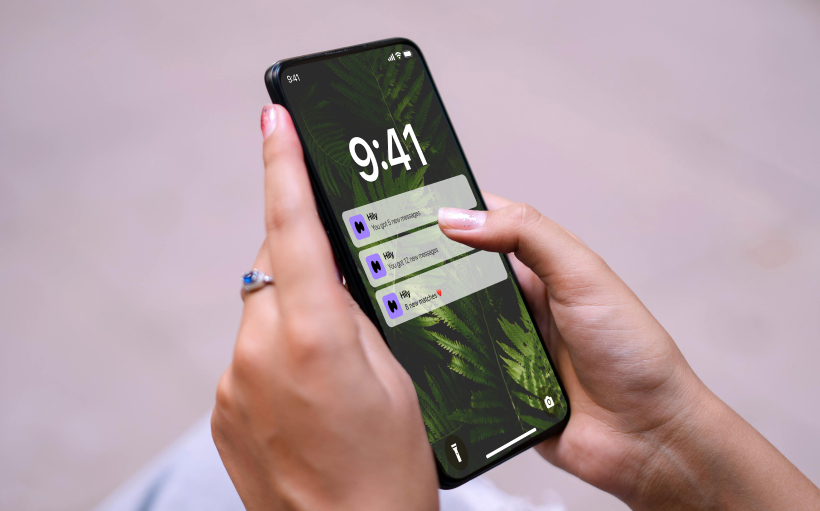
Online Dating
The online dating number is 8000. That’s the current number of digital dating apps as best they can be counted. But with at least 100 more being added each day, it’s hard to keep track.
The Beginning
Digital dating began in 1995 with the launch of Match.com. It established a dating pool of registered users and used a rudimentary system to match those who appeared to be compatible. It took a while to grow because many women and men just weren’t sure that they could find people, make an emotional connection, and pursue romantic relationships in digital space. But over time, this initial online dating service gained a reputation and came to be trusted.
The Growth
The dye was cast. And plenty of other entrepreneurs decided to get in on the action. Soon there was competition popping up all over. And as more and more people became comfortable with the Internet and its possibilities, digital dating came to take its place as one of those solid possibilities. The other major disruption? Smartphones and other mobile devices. Suddenly dating websites became dating apps, and users were able to access a dating app on the go, connect with interesting people, and explore everything from casual hookups to finding a lasting and long-term partner.
The COVID Boost
The isolation of the pandemic caused a surge in the use of dating apps that offered the ability to connect in a digital dating scene at least. Many believed that this surge would dissipate once things opened up again, but it did not. People who joined stayed on, only leaving when they entered a permanent relationship.
The Diversification
The large apps have diversified from their original heterosexual user base of women and men into categories based on interests, preferences, lifestyles, etc. At the same time, smaller niche sites continue to pop up based on specific categories of users – from seniors and professionals to farmers, to the LGBTQ community, and even broken down further. For example, there are niche sites for lesbian women, gay men, transgenders, and even the gender neutral.
High Tech Disrupts the Industry
The early matching process was pretty archaic, as were the methods by which matches could communicate (primarily with messages). It just makes sense that as technology evolved, the dating industry would as well.
First, they improved their services to members, with better customer service, help with creating engaging and interesting profiles, and both free and premium (fee-based) subscription options.
Today, there are algorithms that provide matches with far more accuracy based on data collected on a user’s dating profile and preferences. What’s more, the introduction of artificial intelligence and its sub-category machine learning can track the behavior of users on the site, and further refine the matching process.
Related reading: Tips for Making Dating Profile Headlines
The ways in which users communicate have evolved too. Now they can chat with messages, video chat, and even livestream themselves in action. Augmented and virtual reality allow members to “meet” in virtual environments – a great feature if they are a long distance apart geographically. And based on the data collected on members, the service will even suggest icebreaker questions to begin that first conversation or the best spots for a first date IRL.
With all of these features, technology, and options, everyone can find the ideal app, even more than one, to explore the dating environment that is right for them.
The biggest differentiation among users seems to be generational. So, let’s take a look at these differences.
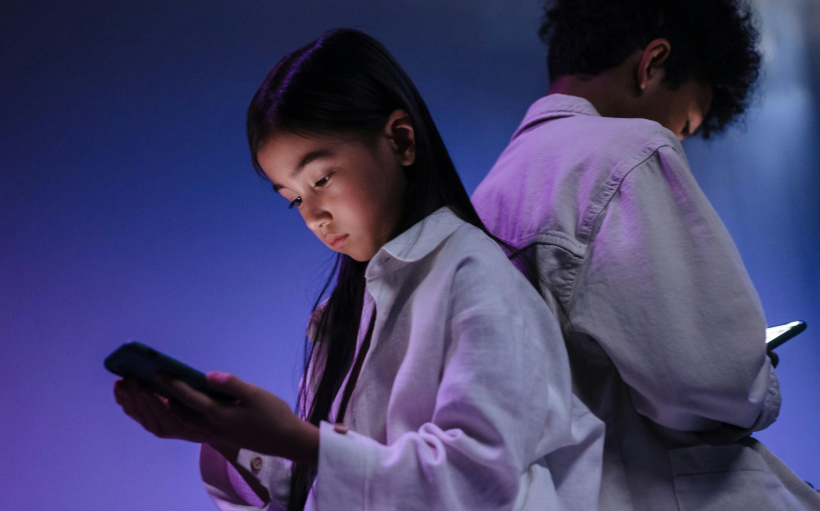
4 Generational Uses of Dating Services
Boomers
Boomers fall within the age range of 60-78. This generation was introduced to the web quite late in life, probably in their mid-40s.
All of their young dating life was in person. Now, if they are single, through divorce, spousal death, or just never found the right one, they have decided to try an online senior dating website. They are also probably on social platforms, primarily Facebook. Women may have male friends they do talk to; men may have women friends they talk to. But a romantic connection is very different.
What matters for Boomers today:
- Companionship: They don’t have unrealistic expectations about dating. They want to share their life with someone else, though that may mean anything from casual dating on a regular basis to marriage.
- Common interests: They want a partner who will want to date doing the same things they like to do.
- Similar values and goals: The majority of Boomers tend to develop feelings about any good person who shares these big things in common.
- Online safety: They want strong security features that will protect their personal information and ensure confidentiality.
- User-friendly interface: Dating sites should be easy to navigate for those who are not tech-savvy.
One interesting thing about Boomers is that, while this may not have been true in their younger years, they are far more open-minded now. A (Why Him? Why Her? And Why We Love), states,Thus, first dates need not be awkward.
“Older people are looking for a companion, a lifelong partner…They are not looking for a reproductive partner, so they can look at a broader range of individuals and are more likely to pick somebody from different social economic or religious backgrounds. They don’t have to bring this person home to mother anymore and explain why he’s Greek instead of Jewish.”
Helen Fisher, anthropologist and author
Related reading: How to Start Datinga and Enjoy It
Gen X
These are daters whose age range is 44-59. Most people in this age range began to use computers on a limited basis in high school, but rarely had such a device at home and certainly not a cell phone until much later in life.
Gen X is the smallest generation (only about 13% of the population), and they are squeezed in between Boomers who have come late into the dating game and Millennials who have fully embraced the digital age, having been introduced to devices and online activity very early in their lives.
What matters for Gen X today:
- Keep things traditional: For Gen X, it is all about making use of traditional dating and also navigating dating in the digital landscape. In short, it’s about finding balance in their dating world.
- Offline, please: Gen Xers still like the idea of meeting someone in IRL, getting to know them, and asking them out on a traditional date. Their first meetups are likely dinner and a movie or something similar. They like phone calls just as much as texts.
- Work matters: Gen Xers are busy with work and careers and do like the convenience of digital dating and its benefits, especially since they have mastered the use of multiple devices.
- Jump to IRL: Gen X daters will not spend a lot of time on digital dating. If they feel an attraction to an individual, they tend to want to set up a date pretty quickly to see if there are sparks, compatibility, and a “need” for romantic relationships.
In terms of timing, there is no clear answer for Gen Xers. They are independent as hell, and they will decide individually their own time period for dating and relationship development. This holds true for both guys and gals.
Related reading: 13 Tips on How Long to Talk on Dating App Before Meeting
Millennials
This is a pretty large group of women and men who range in age from 28 to 43. While not born with devices in their tiny fingers, they were introduced to them very early on. This is a generation influenced by technology and social norms that have changed since previous generations.
Here is a quick video to give you a snapshot into the dating environment in which millennials find themselves.
What matters for Millennials today:
- Online, please. These folks have taken to their devices like fish to water and like the efficiency of it all. They lose interest in offline and use social media like pros, as well as dating services to look for possible partners.
- Video on: They like video dating as it provides the opportunity to get to know someone as if they were close by. And they can do this at any time they have the time and space.
- Compatible rather than perfect: They have a focus on compatibility and are not afraid to ask a woman or a man exactly where they stand on key issues and values. They have shed earlier societal values of social status or similar family backgrounds.
- No rush: They take their time getting to know the women or men they may be digitally dating. They are in no hurry to set up IRL dates or long-term partnerships. Most expect to be established in their careers before such commitments.
- Ghosters alert: Ghosting is a frequent behavior of Millennials. If they decide that a woman or a guy is not for them, they will simply cease communicating, with no explanation. Not all women know how to react to this, and it results in lower self-esteem for them.
Gen Z—The Digital Natives
Here is the youngest generation of modern daters, in the age range of 12-27. This group wasn’t just born with a birth certificate; it was born with a device in its hands.
Most people of this generation who are of dating age have multiple social accounts and see making digital connections on dating apps as natural and preferred. Like the Millennials before them, they are really into speed and efficiency, and to date online meets those expectations.
What matters for Gen Z today
Exactly what are their expectations and needs as they date, either online or in IRL? The Appinio x Teengeist US Report gives a clear picture of how Gen Z dates today:
- Genuinity expected: Almost 60% that “steady and meaningful connections” are their top priority, especially for women.
- Authenticity matters: Honesty, transparency, and shared values are the priorities in looking for a potential partner. They are not interested in what a potential relationship may have to say; they insist upon proof of action and respect that action.
- “Friends to lovers”: Gen Zers want a partner who is at first a friend. Of course, this means that dates are no longer a numbers game.
- Online, please: Gen Zers do use online services to find dates and make connections. As stated, they are efficient, and their technologies are able to present accurate matches based on their stated preferences.
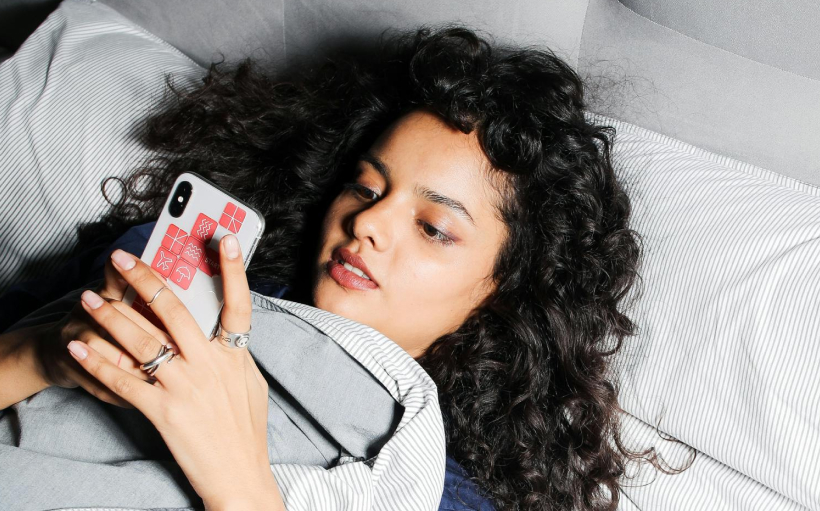
So, What’s the Final Point of All of This?
Today’s world of relationship building is complex. It varies with the types of development, generational approaches, personal goals, and individual backgrounds and experiences. If you have stuck with us through this article, you are a wiser person who can do some self-analysis and set about the process in a thoughtful way. The benefits of this? You may just find exactly what you are looking for!


